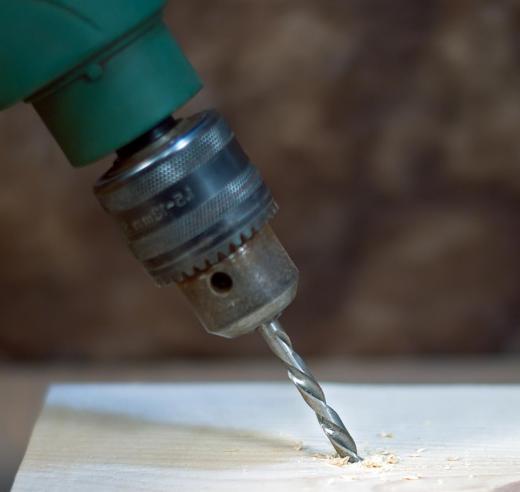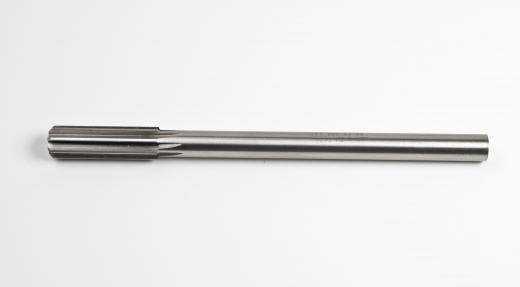A drill gauge is a device used to identify the size of a drill bit. It can be made from steel, aluminum, plastic or wood, and contains a series of holes that represent various drill bit sizes. Each hole is marked with a measurement based on its size. These measurements may be etched into the drill gauge or printed on top.
To understand how a drill gauge works, it is helpful to understand how drill bits are sized. The sizes of a bit are based on the bit's diameter, and are available in both metric and fractional units. Metric drill bits are typically used in countries that use the metric system, while fractional-sized bits are used in the US and other countries that do not typically use the metric system.

Traditionally drill bits were sized using a system of gauges, which is similar to today's wire gauge system. Drill sizes were given by number, from 80 to 1, then by letter from A to Z, resulting in 106 different bit sizes. The smallest bits were those listed as 80-gauge, while the largest were Z-gauge. While gauges can still be found on some drill bits, the metric or fractional sizing is much more common.

A drill gauge sizing tool may contain gauge sizes along with the fractional and metric equivalent. Others may only contain standard metric or fractional measurements. While gauge sizing is less common today, the drill bit gauge measuring tool gets its name from this sizing system.
Builders may use a drill gauge for a wide variety of applications. It can provide the size of a bit, or can be used to size a fastener to determine what bit should be used with it. When using a drill gauge, it's important to understand that the tip of a bit is generally smaller than the rest of the body. To get an accurate measurement, insert the entire bit into the hole within the gauge until you find the hole that best represents the size of the bit.
Many carpenters and builders make their own drill gauge using a block of wood. To begin, choose a piece of wood that is large enough to accommodate all the bits in your drill kit. Drill holes in the wood to represent each individual bit. After all the holes have been drilled, mark each hole with the appropriate gauge or measurement depending on the system you are most comfortable with.
